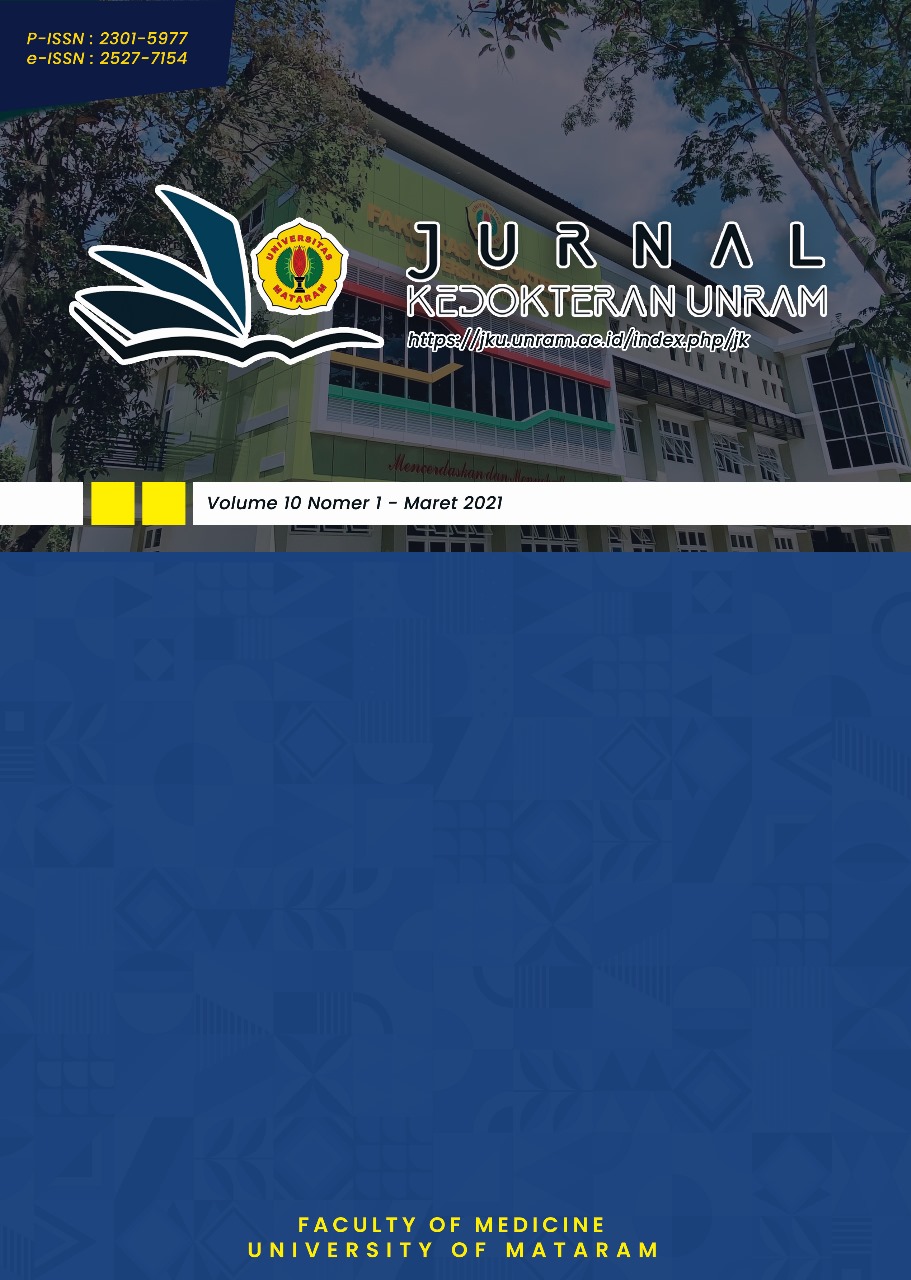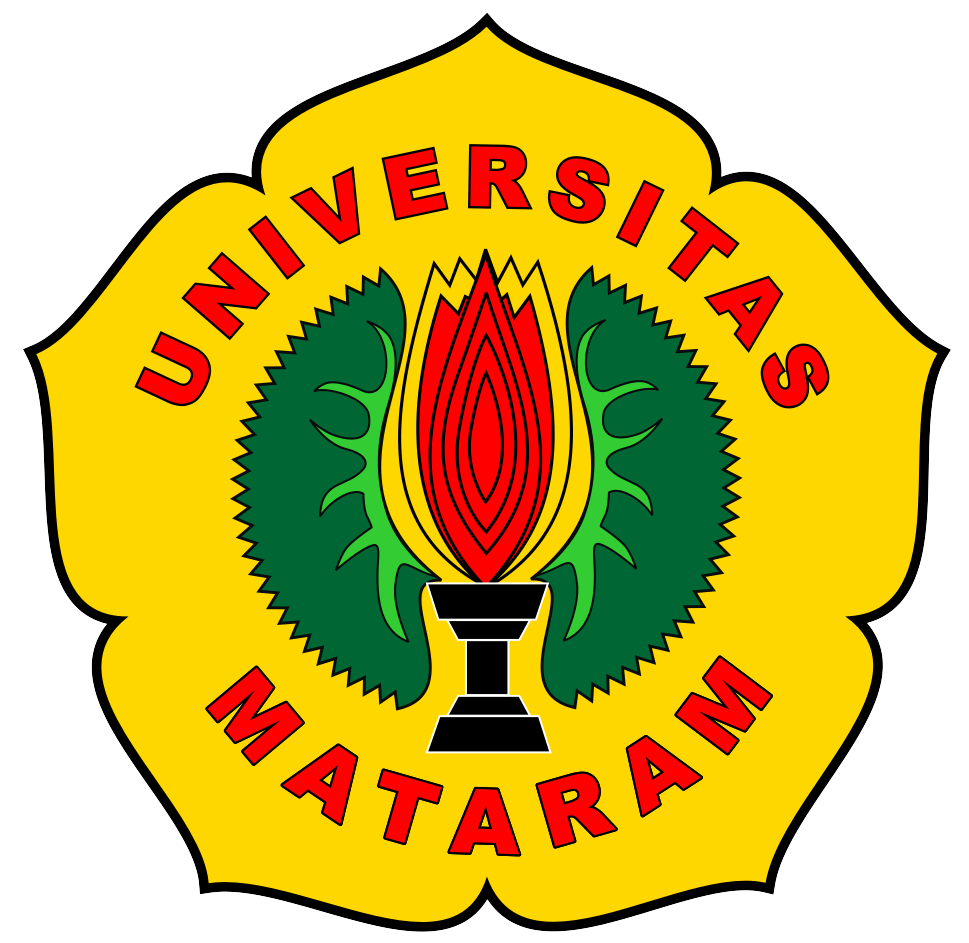The Role and Mechanism of Action of Regdanvimab in the Treatment of COVID-19
DOI:
https://doi.org/10.29303/a7gkhd27Keywords:
regdanvimab, CT-P59, monoclonal antibody, COVID-19 therapyAbstract
The neutralizing antibody can be one of the promising treatments to fight the COVID-19 pandemic, based on the previous coronavirus outbreak. Regdanvimab (CT-P59) is a new monoclonal antibody developed by Celltrion that targets the receptor-binding domain (RBD) in the spike protein of SARS-CoV-2. After the previous monoclonal antibodies (mAbs) approved by WHO, casirivimab, and imdevimab, regdanvimab has now received its first approval as the COVID-19 treatment in elderly patients aged >50 years old or at least one medical condition, including obesity, cardiovascular disease, chronic lung disease, diabetes, and ongoing immunosuppressive agents, and adult patients with moderate symptoms in South Korea. The attachment of regdanvimab to the RBD directly covers the SARS-CoV-2 binding surface area to the ACE2, which eventually inhibits the virus recognition and entry into the host cell. Therefore, regdanvimab can be used to reduce the viral titer in combination with the present antiviral therapies. The clinical trials of regdanvimab reported that a single intravenous administration of regdanvimab is associated with a shorter recovery time and a lower hospital admission and oxygen therapy requirement than the placebo.
Downloads
Published
Issue
Section
License
Authors who publish with Unram Medical Journal, agree to the following terms:
- Authors retain copyright and grant the journal right of first publication with the work simultaneously licensed under a Creative Commons Attribution 4.0 International License (CC-BY License). This license allows authors to use all articles, data sets, graphics, and appendices in data mining applications, search engines, websites, blogs, and other platforms by providing an appropriate reference. The journal allows the author(s) to hold the copyright without restrictions and will retain publishing rights without restrictions.
- Authors are able to enter into separate, additional contractual arrangements for the non-exclusive distribution of the journal's published version of the work (e.g., post it to an institutional repository or publish it in a book), with an acknowledgment of its initial publication in University of Mataram's Journal of Medicine.
- Authors are permitted and encouraged to post their work online (e.g., in institutional repositories or on their website) prior to and during the submission process, as it can lead to productive exchanges, as well as earlier and greater citation of published work (See The Effect of Open Access).
- This journal is open access journal which means that all content is freely available without charge to users or / institution. Users are allowed to read, download, copy, distribute, print, search, or link to full text articles in this journal without asking prior permission from the publisher or author.







